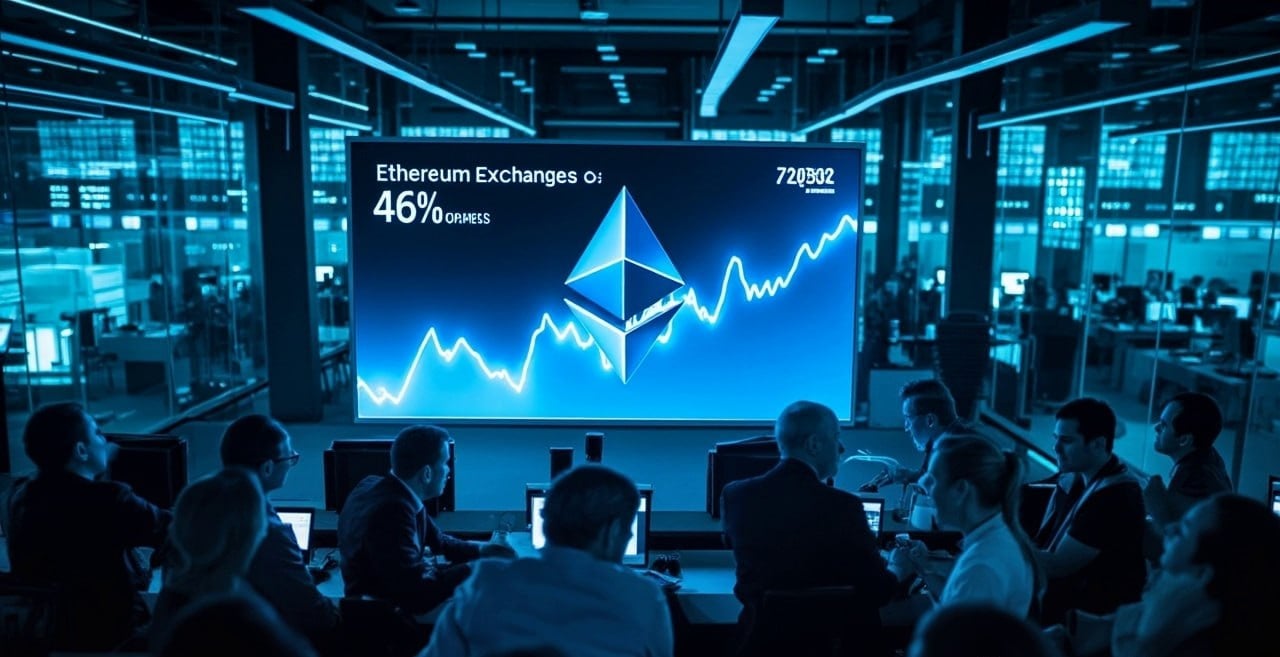Popular cryptos
Terra Classic
Download app Ironwallet and get tool for making transaction without network fee
About Terra Classic
Terra Classic (LUNC) is a blockchain protocol and cryptocurrency that was originally known as Terra (LUNA). LUNC emerged after the dramatic collapse of the original LUNA token in May 2022. The implosion of LUNA led to a radical governance fork that created a new Terra chain called LUNA 2.0, while the original chain was renamed Terra Classic and its native token became LUNC.
The Collapse of LUNA and Birth of LUNC
The original LUNA was designed to retain its $1 peg through an algorithmic stablecoin called UST. However, UST lost its dollar peg in early May 2022. This triggered a death spiral that caused the LUNA supply to exponentially expand as the protocol tried to defend the peg. LUNA’s price crashed from over $80 to near zero in just a few days, wiping out an estimated $40 billion in investor funds. This catastrophic event shook faith in algorithmic stablecoins and led Terra to fork into a new chain, leaving the old chain to be called Terra Classic with LUNC as its native token.
Mechanics of LUNC
Unlike the original LUNA, LUNC has no stablecoin mechanism. It serves as a basic utility and governance token on the Terra Classic chain. The maximum supply is not algorithmically elastic as LUNA’s was. However, the current supply still stands at over 6.9 trillion LUNC due to the hyperinflation of LUNA during its collapse. LUNC runs on the same proof-of-stake consensus as the original Terra protocol. Validators can stake LUNC to secure the network and earn block rewards. LUNC can also be used to pay fees on Terra Classic.
Attempts to Revive LUNC
After its value was virtually wiped out, the Terra community explored ways to revive LUNC. These included burns, forks, airdrops and limiting the supply. A proposal called LUNA 2.0 Classic Fork was created to fork LUNC again into a new chain with a 1 billion maximum supply. However, this failed to gain support. Another idea called BurningMan proposed a recurring burn of all transaction fees to drastically reduce overall LUNC supply. This proposal also did not move forward. While LUNC remains highly inflationary, its low price has made it popular for speculative trading and rebuilding community trust.
Burning LUNC Tokens
The most significant effort around LUNC has focused on token burning to reduce circulating supply. In May 2022, a community burn initiative was launched. Users sent LUNC to a burn wallet, removing it from circulation. As this gained popularity, Terraform Labs founder Do Kwon proposed a burn tax on transactions. 1.2% would get burned and another 1.8% go to funding developers. This burn tax was implemented in July 2022. Alongside the community burn efforts, this has permanently burned over 3 trillion LUNC so far. However, with the current supply, it would take years of burning at this rate before any meaningful reduction occurs.
LUNC vs LUNA 2.0
While LUNC operates on the original Terra chain, Terraform Labs created an entirely new Terra blockchain called LUNA 2.0. This was airdropped to original LUNA holders but required claiming through a process many found difficult. LUNA 2.0 has no burn tax and much lower transaction fees. It also aims to focus on payments and stablecoins. Meanwhile, LUNC represents the legacy Terra ecosystem and community. Some analysts argue LUNC may still retain value due to its existing developer base and infrastructure. However, LUNA 2.0 has seen more growth in adoption so far. The two cryptos attract different communities in the post-collapse Terra landscape.
LUNC Use Cases
Due to its extremely low price, LUNC appeals primarily to speculative traders who buy billions of tokens for fractions of a penny in hopes of profits if it rebounds. Other use cases include DeFi protocols on Terra Classic that utilize LUNC for liquidity and transactions. Simple possession and transfer of LUNC between wallets also occurs regularly, albeit with minimal economic value due to LUNC’s inflation. Some proponents argue LUNC could see more utility if the burning mechanisms succeed and make it deflationary over time. But for now, its main uses are speculation, DeFi activity, and powering basic transactions on Terra Classic.
Future Outlook
LUNC faces huge challenges for recovery. While the burn initiatives and developer interest have created some optimism, fundamental issues remain. The hyperinflationary supply leaves individual LUNC tokens at almost negligible value. For significant gains to materialize, massive burning would need to occur over a sustained period. Additionally, faith in the original Terra ecosystem was shattered among many investors and users. Regulatory scrutiny on LUNC also continues following the LUNA crash. However, crypto markets have shown that virtually any asset can see speculative spikes and user bases rebuild. For LUNC, the path forward will depend on efficiently implementing burn mechanisms and rebuilding confidence in the Terra Classic ecosystem. While unlikely to reclaim its former highs, LUNC may gradually stabilize and find renewed utility if its community can orchestrate an effective relaunch. But risks remain high for holders, and the crypto market is unlikely to forget the lessons of LUNA’s meteoric collapse anytime soon.




















